Month: June 2020
-
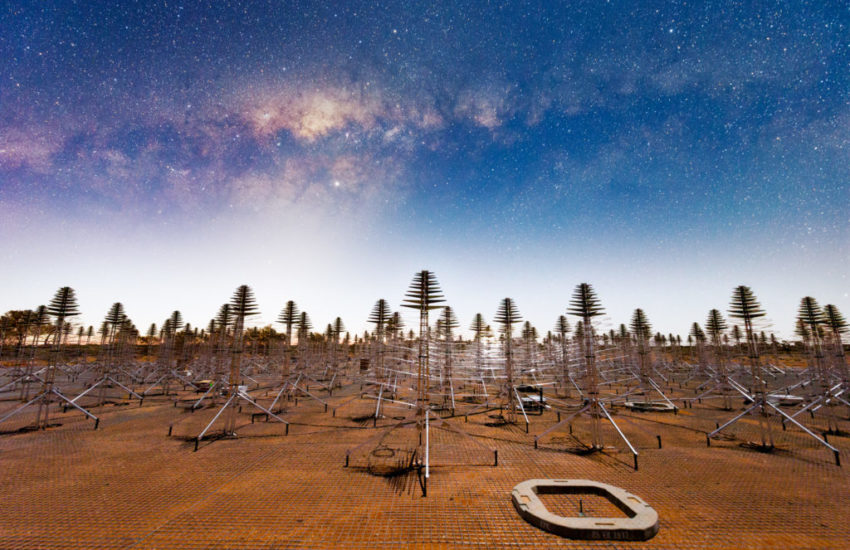
Preparations complete in Western Australia for construction of world’s largest telescope – ICRAR
Preparations complete in Western Australia for construction of world’s largest telescope – ICRAR Following seven years of design and prototyping work, the Curtin University node of ICRAR has completed its preparations for the construction of the Square Kilometre Array (SKA) in Western Australia. Source: www.icrar.org/ready-set-skalow/
-
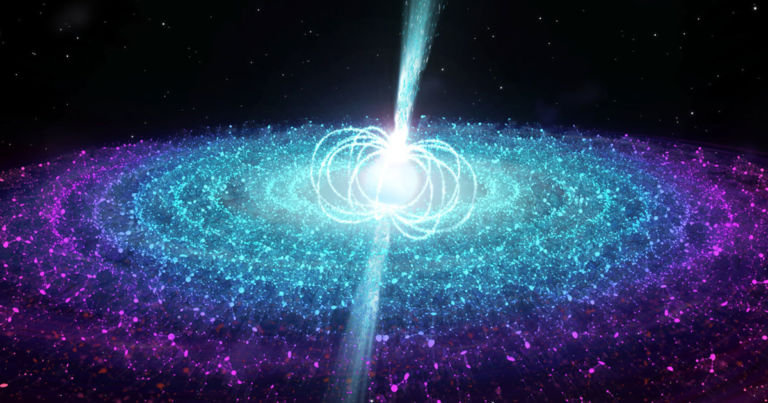
Astronomers record signal coming from deep space every 157 days
“This exciting discovery highlights how little we know about the origin of fast radio bursts]” Source: fturism.com/astronomers-record-signal-coming-space-every-157-days
-
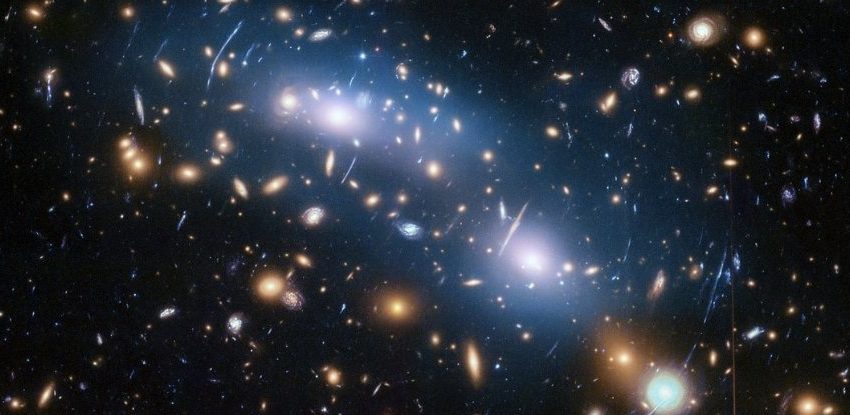
Hubble Has Looked Back in Time as Far as It Can And Still Can’t Find The First Stars
Hubble Has Looked Back in Time as Far as It Can And Still Can’t Find The First Stars Astronomers don’t know exactly when the first stars formed in the Universe because they haven’t been observed yet. And now, new observations from the Hubble Space Telescope suggest the first stars and galaxies may have formed…
-
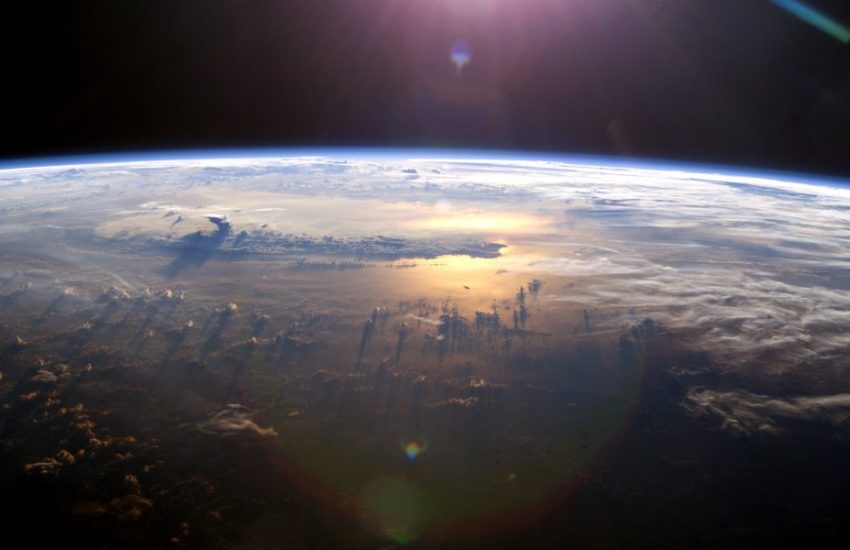
Astronomers have found a planet like Earth orbiting a star like the sun
Astronomers have found a planet like Earth orbiting a star like the sun The discovery of the exoplanet KOI-456.04 orbiting the star Kepler-160 suggests we should more aggressively look for habitable planets around sun-like stars. Source: www.technologyreview.com/2020/06/05/1002831/kepler-160-koi-456-04-earth-sun-exoplanet-habitable/
-

NASA’s Long-Delayed Return To Human Spaceflight
NASA’s Long-Delayed Return To Human Spaceflight With the launch of the SpaceX Demo-2 mission, the United States has achieved something it hasn’t done in nearly a decade: put a human into low Earth orbit with a domestic booster and vehicle.… Source: hackaday.com/2020/06/01/nasas-long-delayed-return-to-human-spaceflight/
-
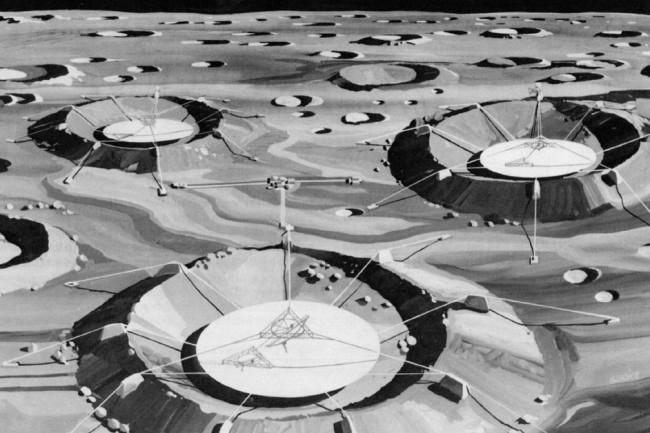
The History and Future of Telescopes on the Moon
The History and Future of Telescopes on the Moon For generations, astronomers have dreamed of building telescopes on the lunar farside. Source: www.discovermagazine.com/the-sciences/the-history-and-future-of-telescopes-on-the-moon
-
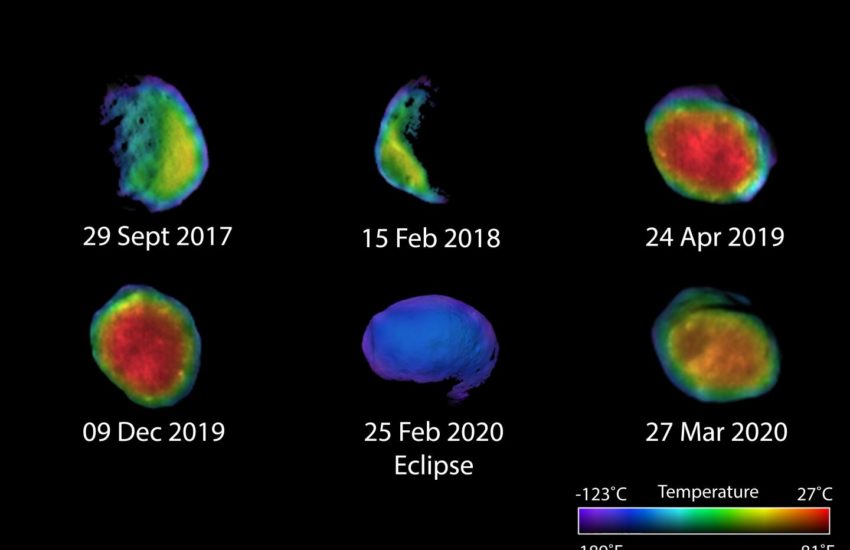
Scientist captures new images of Martian moon Phobos to help determine its origins
Scientist captures new images of Martian moon Phobos to help determine its origins Christopher Edwards, assistant professor in Northern Arizona University’s Department of Astronomy and Planetary Science, just processed new images of the Martian moon Phobos that give scientists insight into the physical properties of the moon and its composition. Source: www.eurekalert.org/pub_releases/2020-06/nau-scn060220.php
-
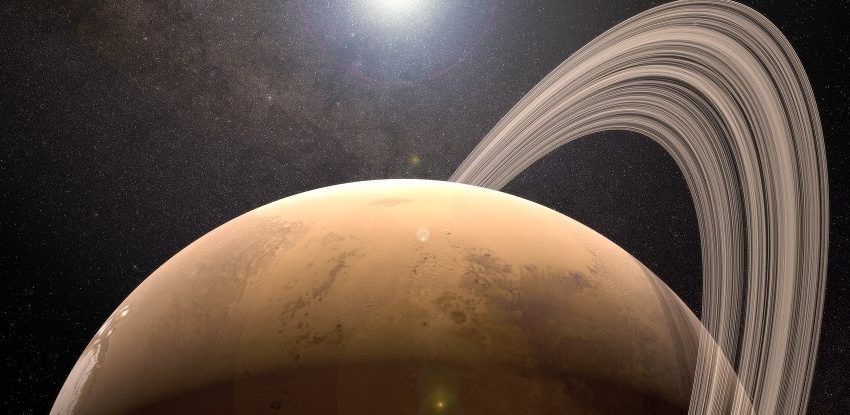
Did Mars Once Have a Ring?
We Just Got Even More Evidence Mars Once Had a Ring Mars – glorious, dusty, complex Mars – may once have been even more dazzling. New research provides even more evidence that a rubbly ring once circled the Red Planet. Source: www.sciencealert.com/the-weird-orbit-of-mars-moon-suggests-the-red-planet-once-had-a-ring
-
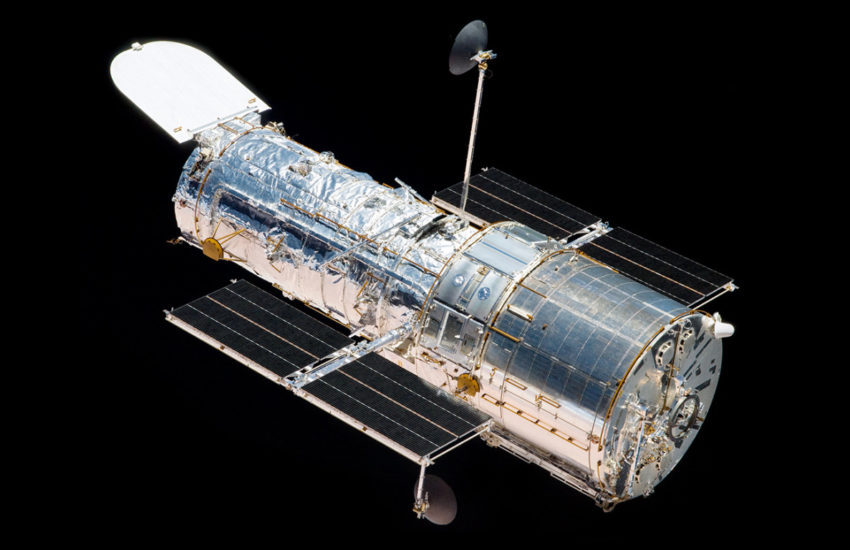
Texas Astronomer Uses His 25-year-old Hubble Data to Confirm Planet Proxima Centauri c
Texas Astronomer Uses His 25-year-old Hubble Data to Confirm Planet Proxima Centauri c Fritz Benedict used data he collected from the Hubble Space Telescope to confirm the existence of Proxima c, the third known planet orbiting the star closest to our sun. Photo credit: NASA. Fritz Benedict has used data he took over two…
-
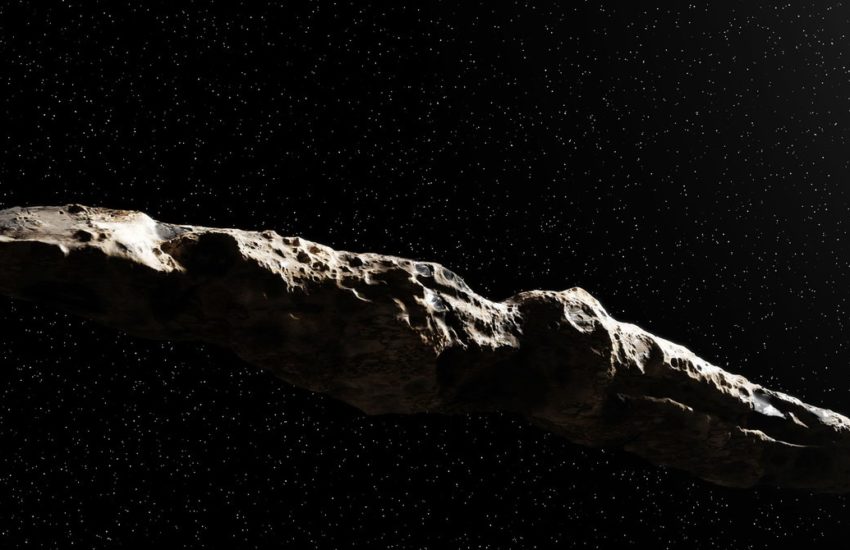
Oumuamua Might Be a Giant Interstellar Hydrogen Iceberg
âOumuamua Might Be a Giant Interstellar Hydrogen Iceberg It isn’t an alien spaceship, but new research suggests the first known interstellar object to grace our solar system could be something even stranger. Source: www.wired.com/story/oumuamua-might-be-a-giant-interstellar-hydrogen-iceberg